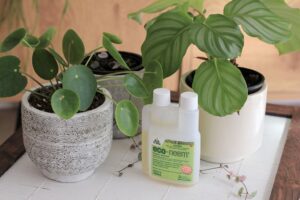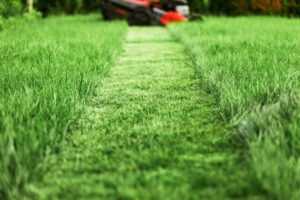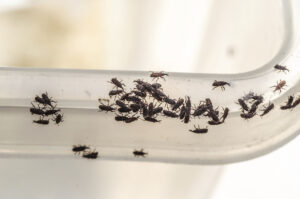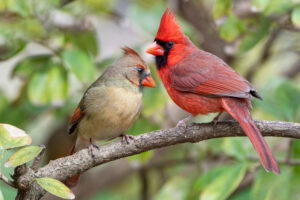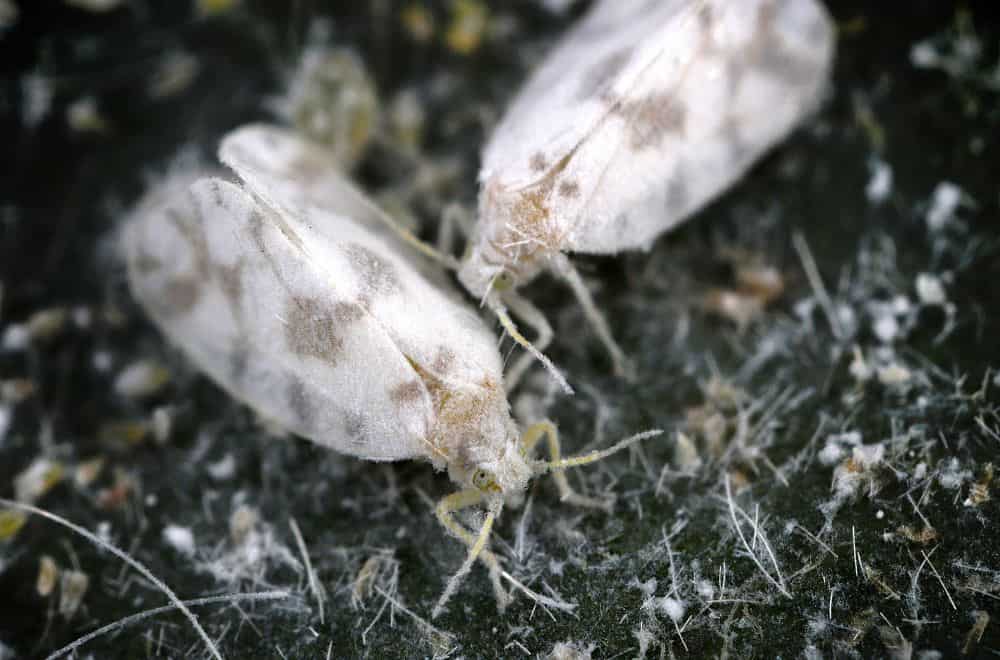
Introduction
Definition of lint bugs: At first glance, these minuscule creatures may be mistaken for harmless particles of lint or dust, but in reality, they are tiny pests capable of inflicting discomfort and irritation through their bites.
Common misconceptions about lint bugs: Many homeowners are unaware of the existence and potential harm posed by these insects, often dismissing their presence as insignificant or attributing skin irritations to other causes.
Importance of understanding lint bug behavior: It is crucial to delve into the characteristics and behavior of these pests to effectively identify, manage, and prevent infestations, safeguarding both property and well-being.
Types of Bugs That Resemble Lint
Carpet beetles
Appearance and characteristics: Carpet beetles, ranging in size from 1/16 to 1/8 inches, possess a distinctive oval-shaped body covered in scales resembling fuzzy lint. Their coloration varies, often featuring patterns of brown, black, or white.
Habitats and behavior: These pests thrive in dark, secluded areas such as carpets, upholstery, and clothing, where they feed on natural fibers like wool, silk, and fur. Adult carpet beetles are attracted to sunlight and may enter homes through windows and doors.
Health concerns and prevention: Although carpet beetle larvae do not bite humans, their shed skins and tiny hairs can trigger allergic reactions and respiratory issues in sensitive individuals. Regular cleaning, proper storage of clothing and linens, and the use of insecticides can help prevent infestations.
Psocids (Booklice)
Physical attributes and identification: Psocids, also known as booklice, are small, wingless insects measuring around 1/16 to 1/8 inches in length. They have soft, pale bodies resembling grains of rice and are often mistaken for tiny bits of lint or mold.
Habitats and feeding habits: Psocids thrive in damp, humid environments such as basements, kitchens, and bathrooms, where they feed on mold, fungi, and organic debris. They are commonly found in stored food products, books, and paper goods.
Control methods and prevention techniques: Eliminating excess moisture, improving ventilation, and reducing humidity levels can discourage psocid infestations. Proper food storage, sealing cracks and crevices, and using insecticidal sprays or traps can help manage populations.
Dust mites
Morphological features and lifestyle: Dust mites are microscopic arthropods measuring less than 1/100 inches in length, making them virtually invisible to the naked eye. These scavengers feed on skin flakes shed by humans and pets and thrive in warm, humid environments.
Impact on human health: While dust mites themselves do not bite, their feces and shed skin particles can trigger allergic reactions and exacerbate asthma symptoms in susceptible individuals. Prolonged exposure to dust mites can lead to respiratory issues and skin irritation.
Mitigation strategies and environmental control: Encasing mattresses and pillows in allergen-proof covers, washing bedding in hot water weekly, and maintaining optimal indoor humidity levels below 50% can help reduce dust mite populations. Regular vacuuming with a HEPA filter-equipped vacuum cleaner and using air purifiers can also aid in allergen control.
Recognizing Lint Bug Bites
Symptoms of bites
Itching and irritation: Lint bug bites typically result in localized itching and discomfort, often accompanied by redness and swelling at the site of the bite. The severity of symptoms may vary depending on an individual’s sensitivity to insect saliva or allergens.
Skin reactions and allergic responses: Some individuals may experience allergic reactions to lint bug bites, manifesting as hives, eczema, or dermatitis. In rare cases, severe allergic reactions known as anaphylaxis may occur, requiring immediate medical attention.
Differentiation from other insect bites: Distinguishing between lint bug bites and those caused by other insects such as mosquitoes, fleas, or bedbugs can be challenging due to similar symptoms. However, careful inspection of bite patterns, timing of onset, and presence of visible pests can aid in accurate diagnosis.
Common bite locations
Bedding and mattresses: Lint bugs often inhabit bedding, mattresses, and pillows, where they can easily conceal themselves and feed on human hosts during the night. Waking up with unexplained bites or skin irritation may indicate a potential infestation.
Upholstered furniture: Sofas, armchairs, and other upholstered furniture provide ideal hiding spots for lint bugs, allowing them to remain undetected while feeding on unsuspecting occupants. Itching or red welts on exposed skin after sitting or reclining on furniture may signal an infestation.
Clothing and carpets: Lint bugs can hitchhike on clothing or lay eggs in carpet fibers, leading to bites and skin irritation upon contact. Laundering clothing in hot water, vacuuming carpets regularly, and inspecting for signs of infestation can help prevent bites.
Seeking medical advice
Allergic reactions and sensitivities: Individuals with known allergies or sensitivities to insect bites should seek medical advice if they experience severe or prolonged symptoms after being bitten by lint bugs. Prompt treatment with antihistamines, corticosteroids, or epinephrine may be necessary to alleviate allergic reactions.
Secondary infections: Scratching insect bites can break the skin barrier, increasing the risk of secondary bacterial infections. Symptoms such as pain, warmth, redness, or pus discharge may indicate an infection requiring medical attention and antibiotic therapy.
Treatment options and preventive measures: Over-the-counter antihistamines, corticosteroid creams, and topical ointments can help relieve itching and inflammation associated with lint bug bites. Preventive measures such as insect repellents, protective clothing, and avoiding known infested areas can reduce the risk of future bites.
Prevention and Control Measures
Maintaining cleanliness and hygiene
Regular vacuuming and dusting: Eliminating dust, debris, and potential food sources can deter lint bugs and other pests from infesting homes. Using a vacuum cleaner with a HEPA filter and cleaning hard-to-reach areas such as baseboards, vents, and behind furniture can prevent buildup.
Laundering bedding and clothing: Washing bedding, clothing, and linens in hot water and drying them on high heat can kill lint bugs, eggs, and larvae. Storing clean items in sealed containers or bags can prevent reinfestation and reduce the risk of bites.
Minimizing clutter and reducing potential hiding spots: Decluttering living spaces, sealing cracks and crevices, and minimizing moisture sources can make environments less hospitable to lint bugs and other pests. Proper storage of food, pet supplies, and organic waste can also deter infestations.
Sealing entry points and cracks
Inspecting and sealing gaps in walls and floors: Lint bugs can enter homes through cracks, gaps, and openings in foundations, walls, and windows. Inspecting for potential entry points and sealing them with caulk, weather stripping, or mesh screens can prevent infestations.
Installing screens on windows and doors: Mesh screens on windows, doors, and vents can act as barriers, preventing lint bugs and other insects from gaining access to indoor spaces. Repairing or replacing damaged screens and ensuring a tight seal around openings can enhance effectiveness.
Using door sweeps and weather stripping: Door sweeps and weather stripping installed on exterior doors can help seal gaps and prevent pests from entering homes. Regular maintenance and replacement of worn or damaged seals can ensure continued protection against infestations.
Employing natural repellents and deterrents
Essential oils and herbal remedies: Certain essential oils such as lavender, peppermint, and tea tree oil are known for their insect-repellent properties and can be used to deter lint bugs. Mixing diluted oils with water and spraying infested areas or applying them to cotton balls can create a natural barrier.
Diatomaceous earth and silica gel: Food-grade diatomaceous earth and silica gel desiccants can be sprinkled in cracks, crevices, and entry points to dehydrate and kill lint bugs upon contact. These natural powders are non-toxic to humans and pets but should be used with caution in areas with high humidity.
Biological controls and beneficial insects: Introducing predatory insects such as ladybugs, lacewings, or parasitic wasps can help control lint bug populations naturally. Creating a balanced ecosystem with native plants and minimizing pesticide use can encourage beneficial insect activity.
Conclusion
In conclusion, awareness of bugs that resemble lint and their potential to bite is essential for maintaining a healthy and pest-free environment. By understanding the characteristics, habitats, and behaviors of these pests, homeowners can implement proactive measures to prevent infestations and mitigate health risks. Regular cleaning, proper hygiene practices, and sealing entry points can go a long way in safeguarding against lint bug bites and associated discomfort. Stay vigilant, and don’t overlook the seemingly innocuous lint – it might harbor more than meets the eye.

